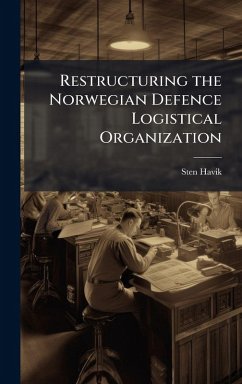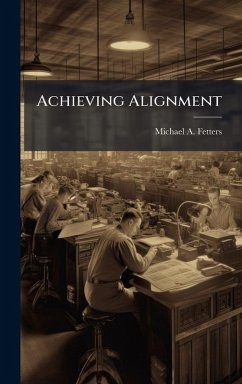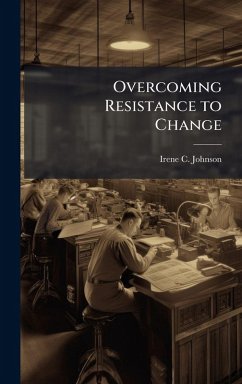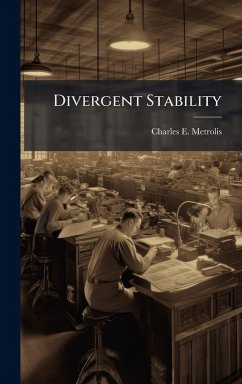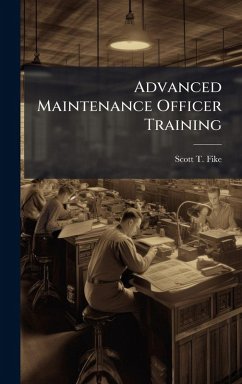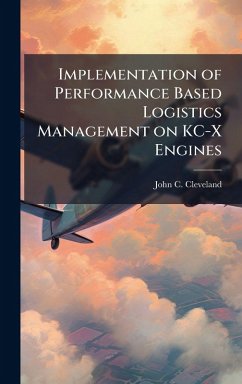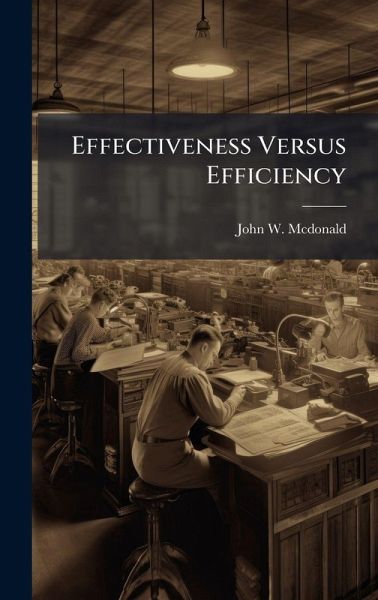
Effectiveness Versus Efficiency
Versandkostenfrei!
Versandfertig in über 4 Wochen
27,99 €
inkl. MwSt.
Weitere Ausgaben:

PAYBACK Punkte
14 °P sammeln!
The debate addressing the balance of efficiencies and effectiveness regarding an organization's resources has always existed. Some people like to look at the debate through the centralized versus decentralized management paradigm. However you view it, the contextual variables that interact to affect this balance must be taken into consideration. It is important to emphasize that this paper is not intended to pursue a "Big Mac" versus "Little MAC" argument. The crux of this study is to look at how the organizational design of airlift forces can influence the development and implementation of th...
The debate addressing the balance of efficiencies and effectiveness regarding an organization's resources has always existed. Some people like to look at the debate through the centralized versus decentralized management paradigm. However you view it, the contextual variables that interact to affect this balance must be taken into consideration. It is important to emphasize that this paper is not intended to pursue a "Big Mac" versus "Little MAC" argument. The crux of this study is to look at how the organizational design of airlift forces can influence the development and implementation of the decision-making process and the subsequent effect it will have on force structure orientation. As the threats to our national interests span a wide spectrum of conflict, it is going to become more important that our military force structure be properly sized and equipped. Additionally, given the assumption that fiscal realities will reflect a tightening of the national "purse strings" for the foreseeable future, and our aging forces will require crucial modernization while we continue acquisition of newer advanced weapon systems, the proper balance between effectiveness and efficiencies will become increasingly critical. This work has been selected by scholars as being culturally important, and is part of the knowledge base of civilization as we know it. This work was reproduced from the original artifact, and remains as true to the original work as possible. Therefore, you will see the original copyright references, library stamps (as most of these works have been housed in our most important libraries around the world), and other notations in the work. This work is in the public domain in the United States of America, and possibly other nations. Within the United States, you may freely copy and distribute this work, as no entity (individual or corporate) has a copyright on the body of the work. As a reproduction of a historical artifact, this work may contain missing or blurred pages, poor pictures, errant marks, etc. Scholars believe, and we concur, that this work is important enough to be preserved, reproduced, and made generally available to the public. We appreciate your support of the preservation process, and thank you for being an important part of keeping this knowledge alive and relevant.



